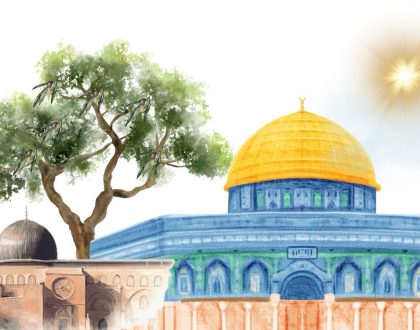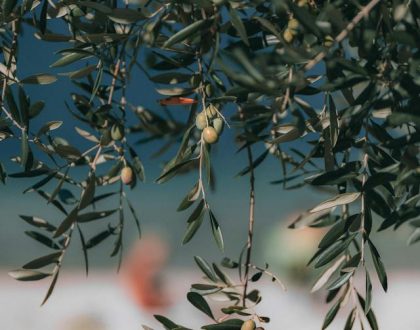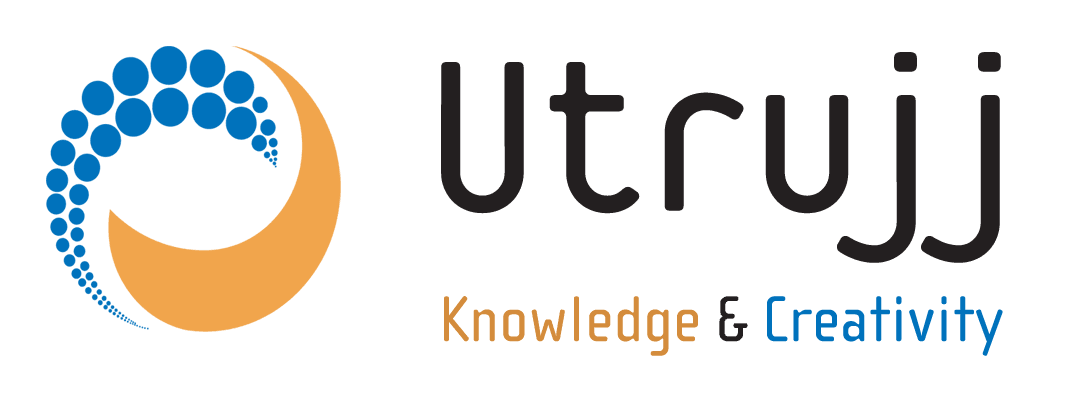Islamic Influences on Society
by Hana
Since the Prophet Muhammad (peace be upon him) received the first revelation in the year 610, the religion of Islam has grown to be the second largest in the world, following Christianity. In 2010, Muslims comprised approximately 23.4% of the world’s population.
With this many followers, and having been around 1400 years, it shouldn’t come as a surprise that the Muslim community has played a huge part in shaping society the way we know it. Muslims contributed to all fields, from inventing clocks to naming stars – 165 of which still carry versions of their original Arabic names.
In this century, there have been many famous Muslims, such as Mo Farah, Muhammad Ali, Cat Stevens, Zain Malik, BBC Newsreader Mishal Husain, the list goes on. All these people have made contributions to our society, whether it is in music, sport or journalism. However, there are hundreds of others, mainly from the Middle Ages, who we may not be so familiar with. While Europe was in the Dark Ages, Muslim civilisations were making huge leaps in a variety of fields – from medicine to education to culture. All of these people, although we may never have heard of them, were famous pioneers of their time, who changed the world through their inventions and discoveries. Many of their inventions are still in use to this day.
Coffee: Did you know that 1.6 billion cups of coffee are drunk daily around the world? Coffee was discovered by an Ethiopian goatherd, who noticed that his goats were much livelier after eating a particular plant. Instead of eating them himself, he boiled them to make a drinkable liquid, coffee, that we are still drinking, more than twelve hundred years later. The Yemeni people began to drink coffee to keep them awake during the late night prayers, and even today we use caffeine to help us stay awake.
Fashion: In the ninth century, Baghdad was the New York or Paris of the day, and Muslims there developed a sophisticated lifestyle based on the seasons. When he moved to Cordoba, in Spain, an Iraqi musician, Ziryab, set up a fashion industry, producing cloths with bright patterns. Influenced by Ziryab, clothes’ styles began to vary according to the weather. Winter costumes were made from thick, warm cloth, in darker colours, while summer clothes were of lighter and thinner materials.
Cleanliness: Cleanliness is a major part of Islam, and in the Medieval times Muslims were always trying to find ways to be cleaner. Rather than just splash water over themselves, they invented soap (صابون (sabon)– also the root of the Spanish jabón) by boiling, and then leaving to harden, a mixture of oil and another salt-like substance. When Ziryab, came to Spain, he also brought with him the new inventions of deodorant and toothpaste.
Medicine and anatomy: 350 years before William Harvey introduced his ideas about circulation, the idea had been documented by Ibn an-Nafis, an Arab physician in the early 1200 s. In about 1000, Ibn al-Haytham had also worked out how eyes work, a discovery that led to him also inventing the first ever camera.
Also about this time, Arab medicine was taking off. Muslim doctors were already aware of the medicinal property of plants. 800 years ago, over three thousand different types of plant were described in detail in a single book, which covered their appearance, their maintenance and their properties.
When herbs were insufficient, Arab doctors also performed complicated surgery, like cataract operations, and internal stitching. In the late 10th and early 11th centuries, one doctor – Al-Zahrawi or the father of surgery – invented over 200 surgical tools, many of which, such as forceps, are still used by our doctors today.
Although Edward Jenner has been credited with the discovery of the smallpox vaccination, it had already been in widespread use in Turkey for hundreds of years. In fact, it was a Lady Montagu, wife of the English ambassador in Istanbul, who, after seeing it successfully in use and having her own son inoculated, wrote home talking about the vaccine and advocating its introduction in Britain, 50 years before Jenner’s discovery.
Chemistry: The main Muslim chemist in the middle ages was Jabir ibn Hayyam, an Iraqi chemist in the 700 s. Among other things, he perfected many of the essential processes which are the foundations of modern chemistry. He also invented fireproof paper and glow-in-the-dark ink.
Engineering: Meanwhile, in engineering, Muslims were already starting to come up with the ideas that would eventually lead to the invention of all forms of land transport. A Turkish scholar and inventor, Al-Jazari, designed the first crankshaft, a vital component of modern engines in cars and trains. He also invented a water clock made of various components from all over the world, such as an Indian elephant, Chinese dragons and Arab figures.
Architecture: In architecture also, we can detect Muslim influence, domes, arches in train stations and even stained-glass windows in churches were all inspired by Muslim buildings from southern Spain, or brought back by scholars and pilgrims visiting Jerusalem.
The coupled dome and minaret design so common in mosques even today has been copied by many western architects, including Sir Christopher Wren. Wren displayed his respect for Muslim architecture within his designs. Even in his most famous project, St Paul’s Cathedral, this influence can be seen in the dome and two towers.
These are just a few of the thousands of discoveries and inventions that shaped society the way we know it. We hope that they will inspire Muslims today to contribute to society in a variety of fields.
Written by Hana Khan in 2013
Quite a long video, but might be fun/useful to show clips from
Recommended Posts

Masjid al Aqsa – why it has a very special place in our hearts
November 29, 2023

Palestine: The Holy Land
November 23, 2023

70 acts of kindness
November 13, 2023
